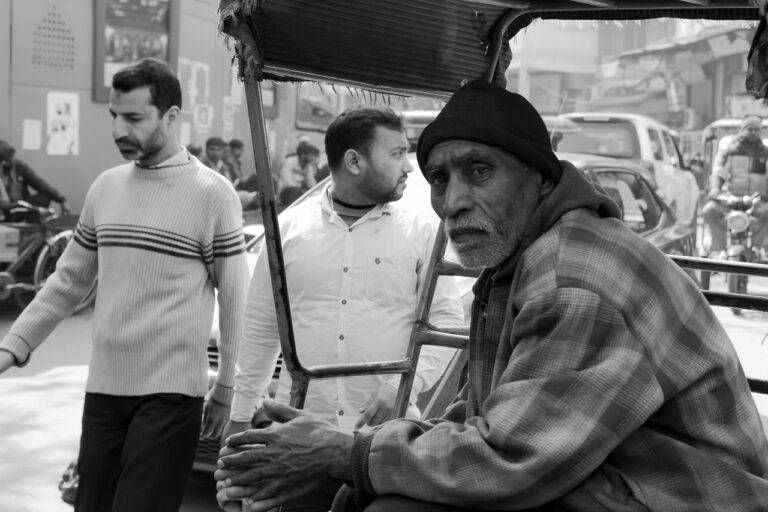How Political Campaigns Use Grassroots Movements to Mobilize Voters
Grassroots movements have played a significant role in shaping political campaigns worldwide. These movements typically arise from the ground up, driven by ordinary citizens who are passionate about specific issues or candidates. Grassroots efforts often involve organizing local events, canvassing neighborhoods, and utilizing social media platforms to mobilize supporters and raise awareness.
One of the key strengths of grassroots movements in political campaigns is their ability to resonate with people on a personal level. By engaging in face-to-face interactions and community outreach, grassroots organizers can build trust and establish genuine connections with voters. This grassroots approach allows for a more authentic and relatable campaign message, making it more likely to inspire individuals to take action and get involved in the political process.
Defining Grassroots Movements
Grassroots movements are characterized by their bottom-up approach to effecting change within political campaigns. These movements are driven by the initiative and participation of ordinary citizens rather than established leaders or organizations. Grassroots movements often emerge in response to issues that resonate with a broad segment of the population, mobilizing individuals to take action at the local level.
Unlike traditional top-down campaigns that are driven by a centralized authority, grassroots movements prioritize inclusivity and decentralization. Participants in grassroots movements play an active role in shaping the direction and strategies of the campaign, creating a sense of ownership and empowerment among those involved. By harnessing the collective power of grassroots supporters, these movements have the potential to influence public opinion, drive policy changes, and challenge the status quo in political landscapes.
What are grassroots movements?
Grassroots movements are decentralized and bottom-up movements that are driven by the efforts of ordinary people rather than by established organizations or leaders.
How do grassroots movements contribute to political campaigns?
Grassroots movements play a crucial role in political campaigns by mobilizing supporters, raising awareness of key issues, and engaging with voters on a personal level.
What makes a grassroots movement effective?
An effective grassroots movement is characterized by its ability to inspire and motivate a large number of people to take action, as well as its emphasis on inclusivity, diversity, and community organizing.
Are grassroots movements limited to political campaigns?
No, grassroots movements can form around a wide range of social, environmental, and economic issues, and can be instrumental in bringing about change at the local, national, and even global level.
How can individuals get involved in grassroots movements?
Individuals can get involved in grassroots movements by connecting with like-minded people in their community, participating in local events and protests, volunteering their time or resources, and using their voice to advocate for change.





